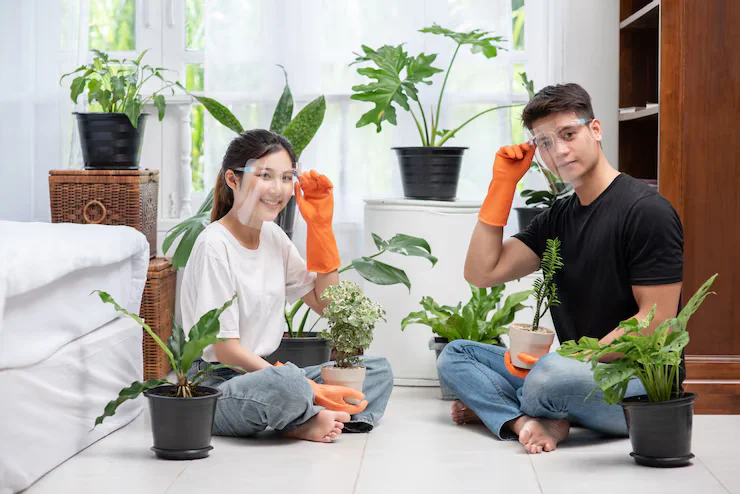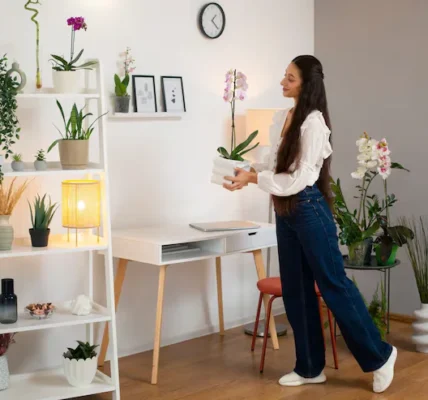Keeping Plant Care at home has become a popular hobby these days. They not only add style to your house but also maintain a calm and fresh atmosphere. It may appear a small overpowering if you have never planted some time recently. Well, you do not need to stress. This comprehensive direct will instruct you the nuts and bolts of plant care to keep your plants cheerful and sound.
Choosing the right plant
The first step in plant care is choosing the right plant. Each plant has its own one of a kind needs and if you get them, caring for your plants will be simpler. To begin with, see at the area where you need to plant the plant. Is there daylight? How long is it cold or hot? A few plants require at least 6 hours of coordinated daylight a day such as roses or sunflowers. A few require light daylight or early morning light, time recently dull. Whereas shade plants, such as wind plants, ZZ plants, and pothos, do not require coordinated daylight, as shining light is adequate.
Give water
- Is water a religion?
Watering is a critical portion of plant care, and individuals regularly make botches. It is vital to know when the plant needs water. Embed your finger 2-3 inches into the soil. Do not water the soil if it feels damp if it feels dry, water it. As every plant has different water requirements, find out how much water yours requires.
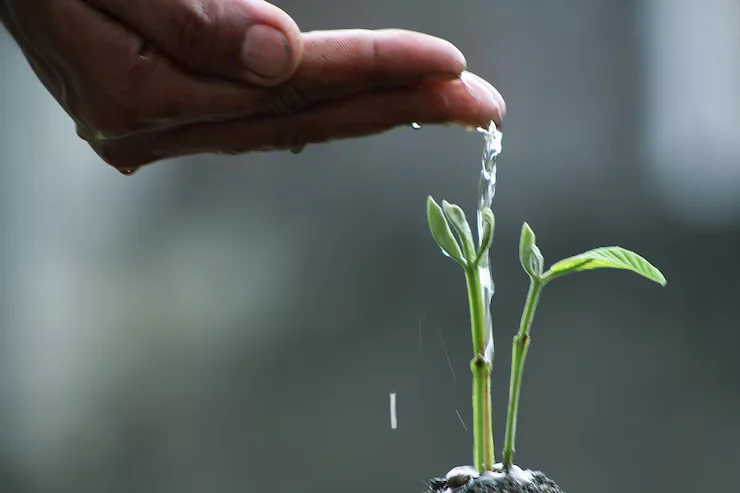
- How to allow water?
Always include water gradually until it begins to come out of the gap at the foot of the pot. This guarantees that the water has come to the roots. Attempt not to pour water on the takes off as this can burn the plant or cause the clears out to burn in sunlight.
- Best time to water
It is best to water in the morning, it keeps the water dry all through the day and the plants do not have as well much dampness at night which anticipates diseases.
Ideas of light
Light is like a shield for plants. Without it they cannot photosynthesize. There are diverse sorts of light coordinate daylight where there is daylight all through the day, roundabout light where the light is shining but not coordinate daylight, and moo light where there is as if it were dim light. Deliver the plant a small shade each few days so that all parts of it break even with light. This will anticipate the plant from shriveling to one side. If the clears out are shrinking or brown, it may be cruel they are not getting satisfactory light.
Muddy and twisted
The right soil and nursery are crucial to plant wellbeing. The soil ought to be such that the water channels effectively something else the soil will decay. A great quality preparing blend too contains critical supplements. Cultivated soil is not great for indoor plants since it can harbor illness germs and other germs. Materials such as perlite and coco coir progress soil air circulation and hold dampness.
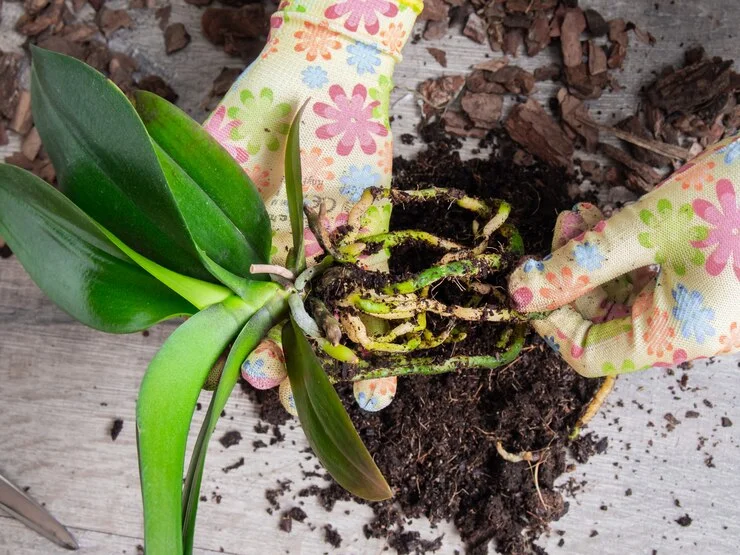
There ought to continuously be a gap at the foot of the blossom bed so that water can deplete out. Clay pots assimilate water rapidly, so you may require to include more water, whereas plastic pots hold water longer. Select a pot agreeing to the measure of the plant. When the plant develops, repot it into a bigger pot.
Fertilize
Plants require a bolster remittance for development and blooming. Plants ought to be bolstered generally amid the spring and summer when they are effectively developing. Maintain a strategic distance from bolstering in winter as they are resting at this time. Do not nourish recently planted plants quickly since the nourish stipend is as of now in the preparing blend. You can utilize fluid fertilizers that are effortlessly retained or granular fertilizers that are nourished gradually. If you incline toward a characteristic strategy, you can utilize compost or worm castings. Overwatering can cause plant burns, so continuously take after item directions.
Repotting requirement
When the plant develops and its roots start to rise from the pot, it becomes essential to exchange it for a bigger pot. If roots are coming out of the foot of the pot, the plant is developing gradually, or the soil has ended up as well difficult or compacted, it’s time to repot. The unused pot ought to be as it were one or two sizes bigger than the past pot. Evacuate the plant from the ancient pot gradually and do not harm the roots as well. Include a few preparing blends to the foot of the modern pot, put the plant and fill it with more soil. Water after repotting.
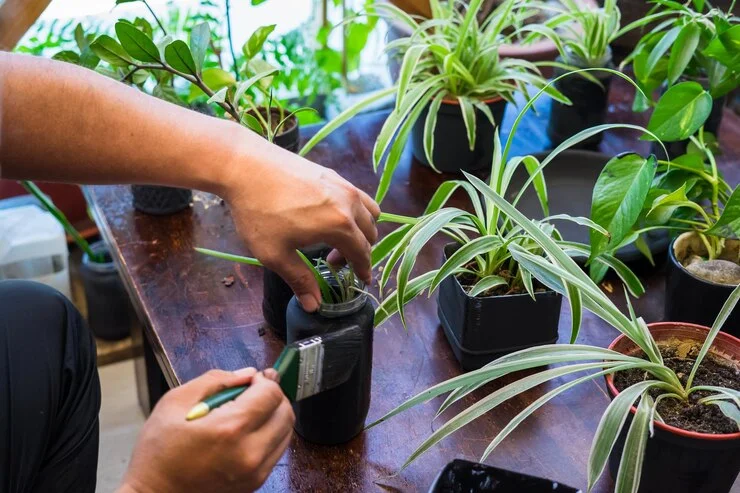
- Resolving Issues with Plants
- You should check a few things if your plant is withering or doesn’t appear healthy.
- Plants frequently exhibit specific symptoms that point to issues.
- You can identify the best course of action by comprehending these indicators.
- Dropping leaves indicate stress, an abrupt shift in temperature, or either too much or too little water.
- Lack of light, inadequate nutrients, or a few small mishaps could be the cause of no growth in the pot.
Conclusion
Caring for plants requires persistence and adoration. Learn from each botch and do not freeze if a plant isn’t developing well. It’s all part of the learning process. The more time you spend with your plants, the more you will get them. Before long your domestic will have a woodland of excellent and solid plants! Believe me, you will discover it exceptionally curiously and completely unwinding.

